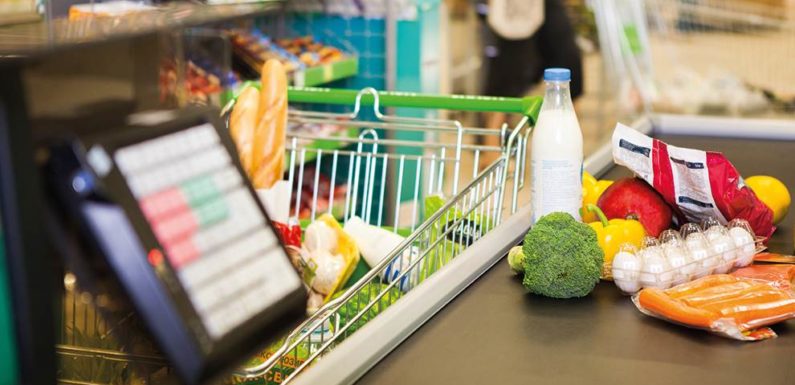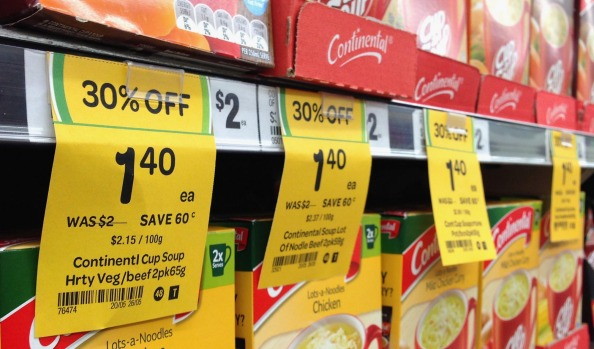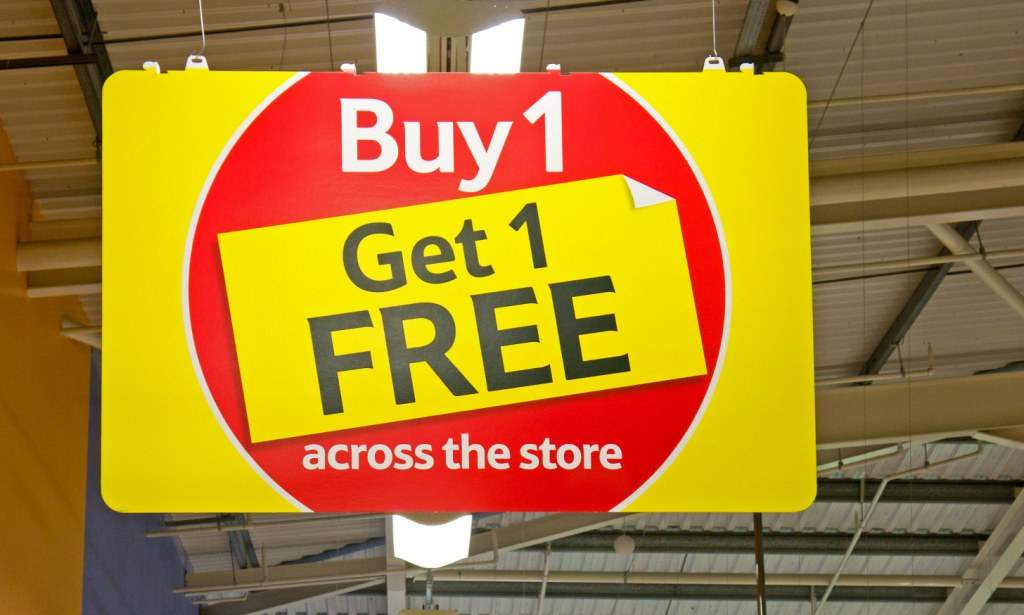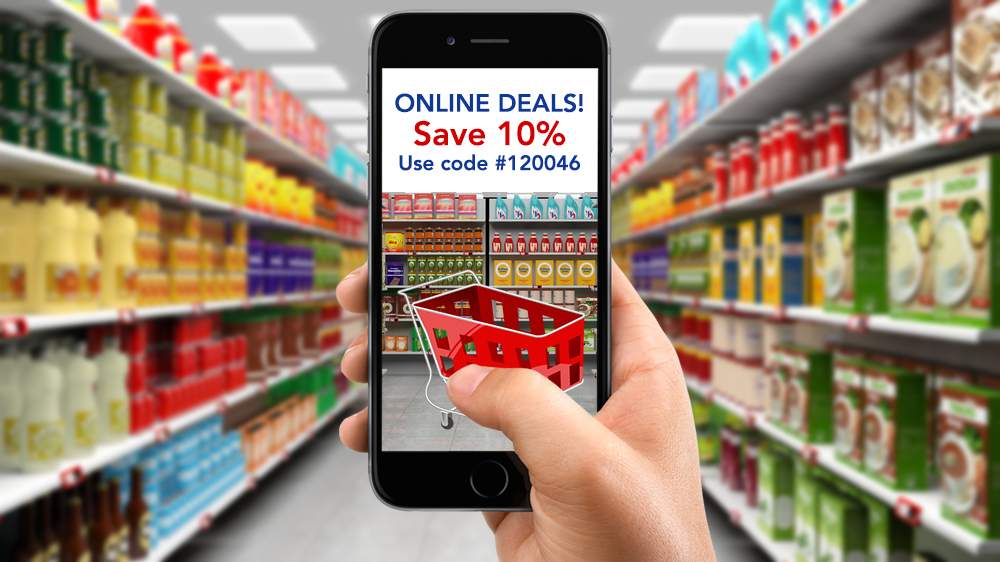
The holiday season is around the corner. Is your wallet ready?
Kids aren’t the only ones happy during the holiday season. Retailers are also thrilled to welcome you (and your money) into their stores. They’re even generous in giving the best deals for the holiday, from huge discounts to free goodies.
So what’s the catch? Whether it’s a holiday or it’s just a regular day, mind games are being played on you every time you shop.
Ever wondered why some supermarket interior designs are just so confusing? This make you get more items you don’t really need before you actually reach the your desired item’s location? You want to head to the seafood market section, but you end up buying chips you don’t need. That’s not coincidental – that’s just one trick supermarkets use to make you spend more.
Below are 7 smooth and sneaky strategies supermarket retailers use to manipulate your spending behavior and how to avoid them to save money this holiday season.
1. Sale, sale, sale

Did I just hear sale? People are easily attracted to red banners, alerting a massive sale you can’t miss.
The concept is called loss leader pricing – a trick of selling products below its customary price not to boost sales but to entice consumers. Retailers are willing to drop prices if that means bringing you in to spend money. Once you’re in the store and you spot some yellow tags with enticing strike-through prices, you’ll end up purchasing a few things that aren’t on sale.
2. Prices one cent short of a whole number
$9.99 and $10.00 – can you spot the difference?
The slight difference of one cent can turn a window shopper into an actual shopper. The magic behind these “charm prices” tags is called the left-digit effect. People read from left to right and they’re more likely to register the first number. Therefore, items appear cheaper than they really are.
3. Decoy Pricing
Let’s say you’re going to buy a bucket of popcorn. The small bucket costs $3 and the large bucket costs $7. You might think that the large one is expensive, so you’ll settle for the smaller. But if you see that there’s a medium size that costs $6, you’ll conclude that it would be a wiser choice to buy the large one instead.
Decoy pricing increases sales of high-profit items by creating other versions of the product merely to make the expensive versions appear economical by comparison. So if a cashier in a fast food chain asks you to “go large” for only one dollar, think about this concept.
4. False sense of urgency
Something that says “buy now or regret it for the rest of your life” always gets us.
The “scarcity effect” trick is timeless. The product is presented as either a part of a “limited time offer” or as an item with a very limited stock. The false sense of urgency forces you to make a “now or never” decision, which is often a poor decision.
5. Buy x get x FREE

People are always drawn to the word “free.” The catch is retailers make you feel like it’s mandatory to double or bulk up. You end up buying more than what you need, get something you don’t need, or get poor-quality products (like soon to expire food).
Aside from giving away items for free, another way to make you buy is when you’re asked to choose two items (like two pair of shoes) of equal and/or lesser value and you’ll just pay the amount of the more expensive one. The downfall is you tend to purchase something more expensive than what you actually wanted.
6. Accessible random cheap items
The cheap items positioned next to the entrance are also called “open-the-wallet” item. They are designed to get consumers shopping, says independent retail consultant Jeff Green.
They often appear as a random display which could include everything from half-priced candles to plastic to-go cups, which you don’t need. They are meant to give shoppers a little extra push to get them in the mood to spend money.
7. The Gruen Transfer
Do you feel like you’re shopping in a maze, which makes it difficult for you to pick up your essentials?
The Gruen transfer (also called the Gruen effect) is the moment when you enter a shopping mall or a grocery store with a confusing layout and you lose track of your original intentions, making you more susceptible to make impulse purchases. If retailers can’t lure you with dropping prices, they’ll use manipulative shopping layouts to slow you down with the hopes of increasing your spending.
How To Avoid Sneaky Supermarket Tricks: Shop Online

Online shopping isn’t limited to apparel, gadgets, and other dry goods – online supermarkets are also changing the way consumers shop. Game-changing online grocery stores swear to deliver quick, accessible, and reliable service for consumers who are too busy to go to a brick and mortar supermarket.
Specialty markets, like a seafood market for seafood lovers who don’t want to get their hands fishy, also exist. You can place an order via their website or mobile app, choose your mode of payment, and voila! Your fresh items will be delivered at your door the same day.
